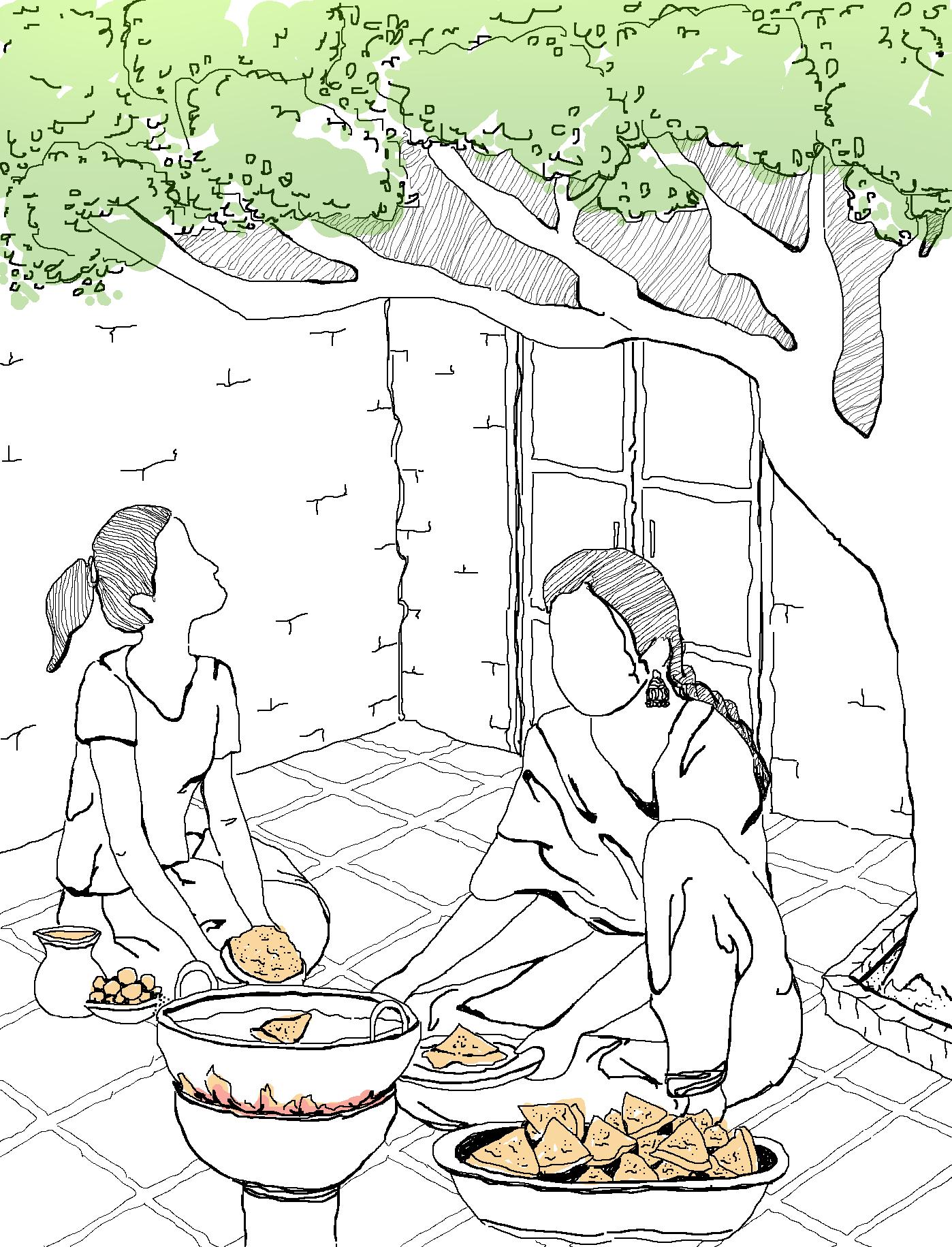
1 minute read
THE COMMUNITY-PARTICIPATION APPROACH
THE COMMUNITYPARTICIPATION APPROACH
The unique heritage of the Walled City demands an unconventional system of sustainable tourism – a system in which bare minimal economic gains don’t trickle down (from the rich) upon the local inhabitants. This type of tourism development model builds upon environmental and ecological resources and is generally based on a grass-roots approach with the participation of local communities and stakeholders in the planning process (Boo 1990). The purpose of participation is power redistribution, enabling the society to fairly redistribute the incurred benefits and costs from it (Arnstein 1969).
Advertisement
The community-participation approach is, often, advocated as an integral part of sustainable tourism development. The negative impacts of tourism reduce, it is believed, while the positive effects enhance, as participation increases the carrying capacity of a community (Haywood 1988, Jamal 1999, Murphy 1985).
Researchers have also doubted the possibility of implementing community participation. Taylor (1995) criticizes ‘communitarianism’ as romanticism that is not rooted in reality. However, a city like Lahore, immersed in mysticism and nostalgia, demands a romantic approach.











